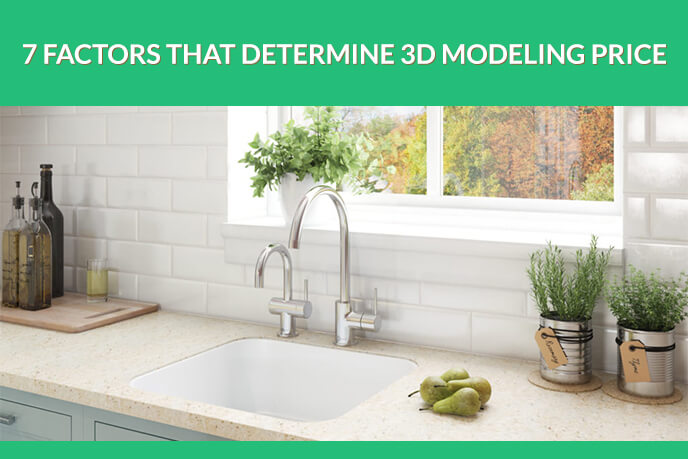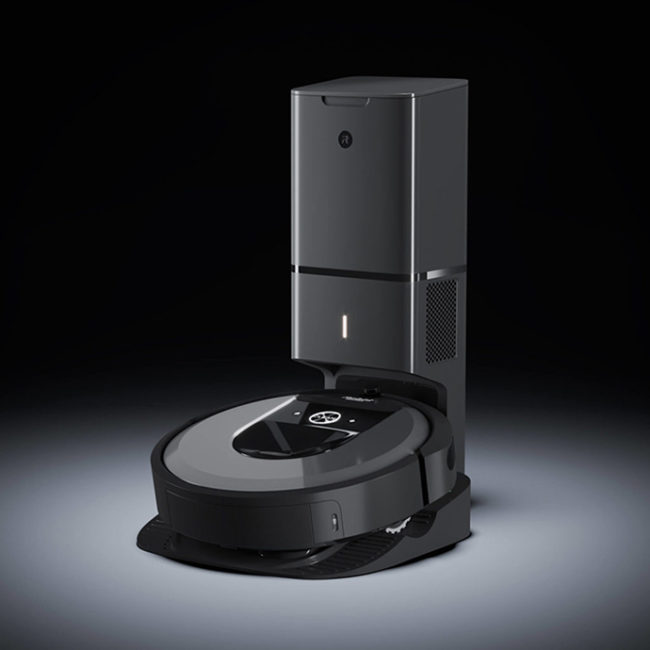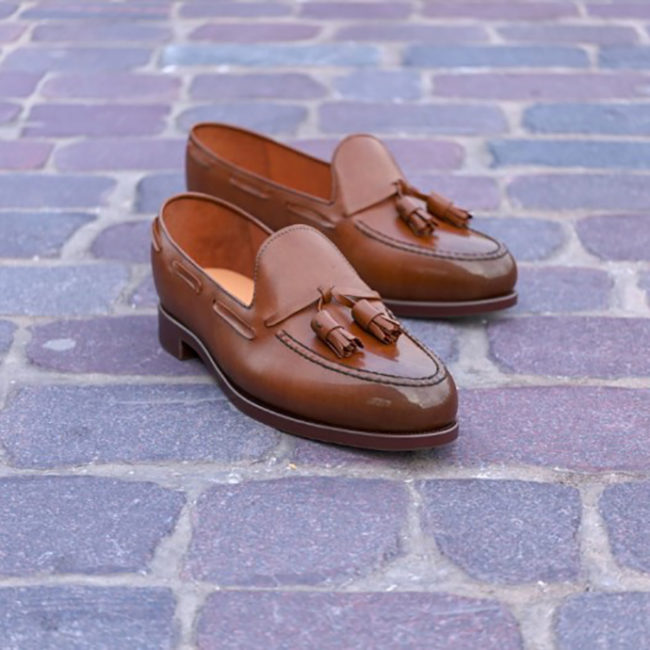3D Modeling Price: 7 Factors Determining It
3D modeling price is always kind of a mystery for Marketers when it comes to choosing a contractor. Lots of outsourced 3D modeling firms have nice portfolios and good reviews, but they don’t provide clear price information on the website. To get the 3D modeling price list, Marketers contact 3D studio’s Client Managers but get even more confused – all of them say different prices and use too much 3D technical terms. So, in the end, it is still unclear what determines the cost.
What Marketers should do? Choosing the cheapest option could lead to low-quality results while working with an expensive company is risky for the budget. We will introduce you to the 3D modeling price policy that most of the 3D firms have, so you will know how to select the best offer on the market, communicate with the studio, and regulate the price. Here’s our list of 7 factors determining the 3D modeling cost.
#1. Rush
The rush is jacking up the cost of any service. When 3D models are needed urgently, a 3D company charges more, because its Project Managers have to change the studio’s schedule, engage more 3D Artists and computers to fill a top priority order. Moreover, a 3D studio has other projects that must be also completed on time, so taking an urgent task on top of it is definitely an additional effort for the studio.
#2. Complexity Level
The complexity of a model hinges on the number of polygons, textures, and detailing of the item. In short, the more complex 3D object, the higher the 3D modeling price.
2.1. Geometry
The mesh surface of a 3D model is created by multiple connected triangles or polygons. A 3D object that consists of a large number of polygons looks smoother and more precise than the low-poly model. However, it takes more computer resources for the graphics processing unit to render the 3D object. That’s why there are different 3D modeling uses – high-poly models are used for product visualization and animation, while low-poly ones are made for video games and mobile apps.
2.2. Textures
Applying of realistic textures demands a lot of computer resources and high-experienced 3D Artists. So if a customer wants a photorealistic model of a product with real textures and materials, it will cost more than a 3D model that requires one material and less elaboration.
2.3. Details
Highly detailed 3D models look stunning and are perfect for design presentations and advertisement. However, the more details and components a 3D object has, the more time needed to make it efficiently.
#3. Adjustments
Сorrections are an inherent part of the 3D modeling workflow and interaction between the client and 3D Artists. High-end CGI companies do not charge extra for small changes and refinements, such as changing the color of items or their position in 3ds Max. But if after a 3D Artist applied all the textures and detailed a 3D model the client decides to change its proportions and shape – it’s considered as a new project, so the final 3D modeling price will be different.
To avoid costs due to adjustments, clients should have a precise conception of what result they want from 3D modeling specialists and pay more attention to creating a full brief.
The price for edits may vary, for example, UFO3D studio makes free corrections that do not exceed 60% of the project cost.
#4. Pre-Ready 3D Models Usage
On average, the cost of a 3D model can be from $50 to $400 depending on its complexity. To cut down client’s expenses, 3D Artists can use items from specialized libraries of ready-made 3D models and remake them into a new object. For instance, UFO3D has a database of 40,000 high-quality 3D models, accumulated over the years, and we can modify them to save customer’s time and money.
#5. Brief Detailization
Providing materials for a 3D studio, Marketers should recheck whether the brief has all input information: drawings, specifications, and additional materials – photos, sketches, references, etc. This package is sent to the Project Manager of a 3D company who studies the brief and distributes the tasks. Sometimes, if the brief is not detailed enough, a Project Manager has to request the missing materials from the client and wait for a response. As a result, the working process can be greatly delayed, thereby increasing the turnaround time and the price.
#6. Contractors
The 3D modeling price depends on the contractor type – a freelancer or a 3D company. Usually, freelancer’s work is cheaper than 3D studio services. It happens so, because a 3D modeling company rents the office, pays salaries and taxes, while a freelance 3D Artist works at home and doesn’t have any additional expenses. On the other hand, a 3D firm values its reputation, guarantees the quality, and respect of deadlines. In this case, clients pay for reliability and 100% result. At the same time, a freelancer can provide low-quality 3D models, forget the deadline and disappear after the failure.
#7. Guarantees
A top 3D studio works on the “on time or for free” policy, which means that in case of a failed deadline a company gives 3D models for free and refunds money. This approach guarantees that the order will be completed on time. To avoid possible fails and misunderstanding, a client and a 3D studio must discuss their obligations before signing the contract.
Another important document is a non-disclosure agreement, NDA, signed by the 3D company. It guarantees the confidentiality of the project and the security of clients’ data. Moreover, all employees of the 3D modeling firm also sign a paper under which they can not reveal any images and details without the customer’s permission.
To use project money wisely, one needs to understand what determines the 3D modeling price. Understanding the 7 basic principles, Marketers can regulate expenses on 3D modeling, save the budget and use remaining funds for the promo of the product.
Try our 3D modeling services to get top-quality 3D models for your advertising campaigns and catalogs in time!
Let us know if you’ve got an interesting project and want to work together!









